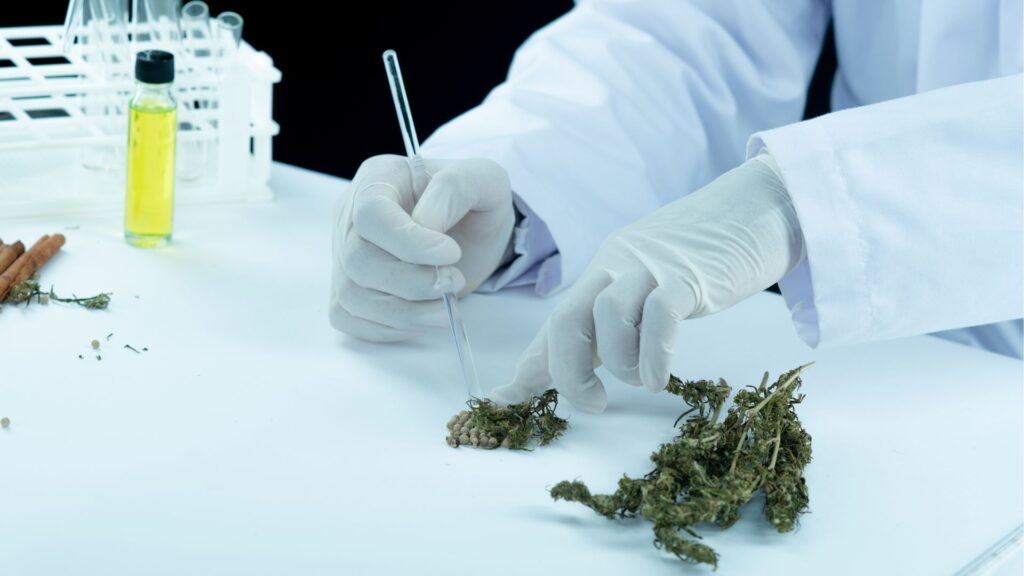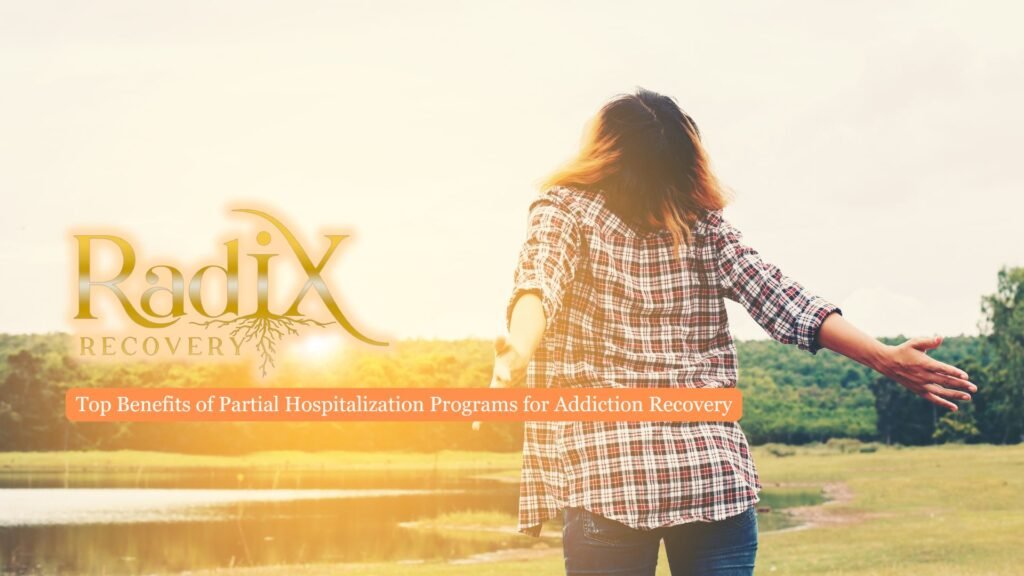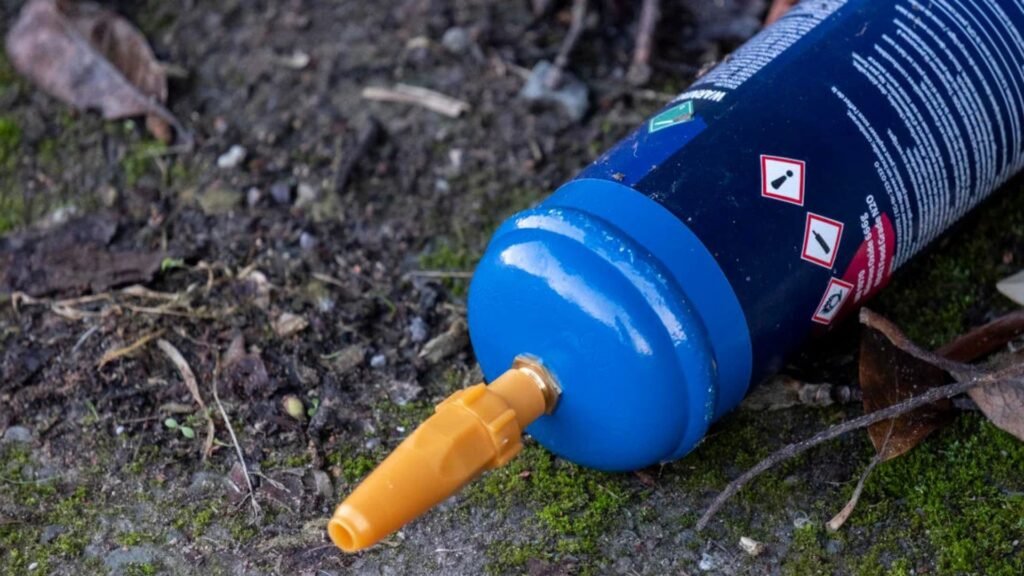Cannabinoid hyperemesis syndrome (CHS) is a condition marked by repeated episodes of severe nausea, vomiting, and abdominal pain linked to long-term marijuana use. With growing cannabis legalization and increased use, awareness of the condition has risen, though it remains less well-known among the public and some clinicians. Understanding CHS, including its symptoms, causes, and rarity, is important for better diagnosis and treatment.
This article will explain what CHS is, how it affects the body, and discuss the challenges in estimating its prevalence. It will also cover diagnosis, treatment, and public health considerations related to the condition.

What are the Phases of CHS?
CHS typically presents through three phases:
- Prodromal phase – with mild nausea and discomfort that last for months or years
- Hyperemesis phase – where intense vomiting (sometimes more than five episodes an hour), abdominal pain, and dehydration occur
- Recovery phase – when symptoms resolve after stopping cannabis use.
People with symptoms often find relief by taking hot showers or baths, which temporarily soothe nausea and abdominal pain. Unlike cyclic vomiting syndrome (CVS), a condition with similar symptoms, it is specifically linked to frequent use, and cessation of marijuana is key to recovery.
For those struggling to stop weed consumption, seeking professional help from a marijuana addiction treatment center is the first step toward recovery and preventing it from returning.
How Does It Affect the Body?
CHS is thought to arise from the interaction of cannabinoids, chemical compounds such as Tetrahydrocannabinol (THC), with cannabinoid receptors in the brain and gastrointestinal tract. Long-term use can alter how these receptors function, leading to symptoms like nausea and uncontrollable vomiting.
The prodromal phase is characterized by mild nausea and abdominal discomfort, with people often increasing their consumption to try to relieve symptoms. In the hyperemetic phase, severe nausea and vomiting can cause dehydration and weight loss, and may drive patients to seek emergency department care.
The compulsive behavior of taking hot showers or baths appears to activate a part of the brain involved in temperature regulation and nausea relief.
The recovery phase begins when cannabis use stops, with symptoms generally resolving within days to months, though some people may experience lingering gastrointestinal discomfort for longer.
How Rare Is CHS?
Estimating the prevalence of cannabinoid hyperemesis syndrome is challenging due to the underdiagnosis and misattribution of symptoms. It was first recognized in the medical literature in the early 2000s, and cases have increased with the wider legalization and use of marijuana. Studies indicate that a notable proportion of frequent marijuana users, especially those visiting emergency departments, experience symptoms consistent with CHS.
For example, some research found that nearly a third of frequent users presenting to emergency care reported similar symptoms. Despite this, the overall number of people with the condition remains relatively low compared to the total population of marijuana users. However, the risk of developing it rises with heavy, long-term use, particularly of high-THC products.

Diagnosis and Treatment
Diagnosing the condition requires a detailed history of substance use alongside clinical evaluation to exclude other causes of nausea and vomiting. The diagnostic criteria focus on recurrent nausea and vomiting episodes in a chronic user and symptom relief with substance use cessation. Treatment in the emergency department typically includes rehydration and supportive care, while patients may gain temporary symptom relief from hot showers or baths.
Some clinicians also use topical capsaicin, which may help relieve abdominal pain. The only definitive cure is to stop using the drug, as symptoms generally resolve during the recovery phase. Challenges arise because patients may be reluctant to stop marijuana use or are unaware that using this very drug is the cause of their symptoms, risking repeated cycles.
Impact and Public Health Considerations
CHS poses a growing healthcare burden, with increased emergency visits and hospitalizations as awareness remains limited. Prolonged vomiting can lead to dehydration, electrolyte imbalances, and other complications if left untreated. Greater awareness among healthcare providers and the public is essential for early diagnosis and to prevent unnecessary treatments.
The rise in legalization has correlated with a growing number of cases, underscoring the need for public education and screening, especially among heavy weed users. Prevention relies on educating people who use marijuana about the risks of chronic use and encouraging cessation when symptoms appear.
Final Thoughts from Radix Recovery
Though it remains relatively rare, the prevalence of CHS is increasing along with cannabis use, characterized by cyclical nausea, vomiting, and abdominal pain associated with long-term use. The condition can cause significant distress and healthcare utilization, but is reversible when substance use is stopped. Awareness, timely diagnosis, and proper management are critical to improving outcomes.
At Radix Recovery in Cedar Rapids, our cannabis addiction treatment program combines personalized care, proven therapies, and a compassionate environment to help you break free from dependence. We recognize that every recovery journey is different, so our team is committed to supporting you at every stage, managing cravings, easing withdrawal, and addressing the root causes of addiction.






































































































